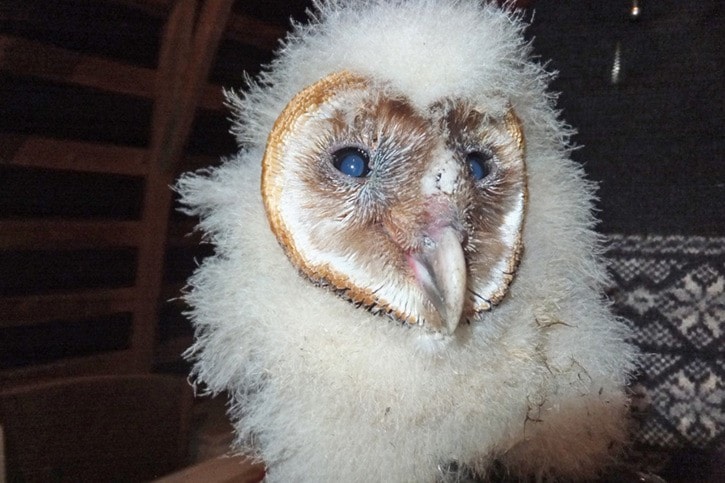Editor:
Many residents – like my barn owls – are blissfully unaware that Surrey city council aims to convert nearly 600 acres of watershed that sustains the Hazelmere-Campbell Valley region (Ecological area eyed for development, Sept. 16).
The entire bundle for rezoning, from general agricultural to light industry, takes in an area almost as big as Stanley Park. The first whack is 97 acres slated to be a mega truck park with all the amenities, restaurants to mechanical repairs (Paving way for parking, Sept. 18).
These many acres on the block are supposed to be protected land. Council’s actions fly in the face of its own Sustainability Charter that boasts “good stewardship of the land, water, air and built environment... for future generations.”
Unbelievable? Well, read on.
The forested ecosystems tagged rezoning are identified as “at risk” both by the Metro Vancouver Regional Growth Strategy and Surrey’s Official Community Plan.
Well, tell that to our endangered barn owls. Funny enough, they nest in my barn. They’re part of a study to track changes in the environment. They’re getting smaller. They have fewer chicks. Their blood, according to field research studies, contains poisons.
Like canaries in a coal mine, they indicate an unhealthy decline.
I fear for our water. Only metres beneath our feet, the Brookswood aquifer is nearing capacity. The water table, reports warn, are shrinking with climate change, creating havoc for wildlife, farms and homes.
Council knows of the danger.
After a summer drought that left my well dry, killed trees and caused others to snap power lines, I was horrified to learn of the city’s motion in Peace Arch News.
What alarms me is snatching farmland, cutting one of the largest canopies of mature cedars and firs and paving over part of the Little Campbell River with its abundant spawning yields.
The city identifies the forests to be cut as vital green networks, or hubs and corridors needed to sustain the biodiversity health within the city.
The treed watershed purifies, regulates and protects groundwater. It shields rich wetlands and stabilizes soil. Without the canopy, runoff from industrial pollution will enter the Brookswood aquifer.
It’s much more than owls and wildlife habitat that is being fast-tracked into oblivion. It’s the destruction of the aquatic ecosystems. Before irreversible damage hits, have your voice heard.
Maureen MacDonald, Surrey
